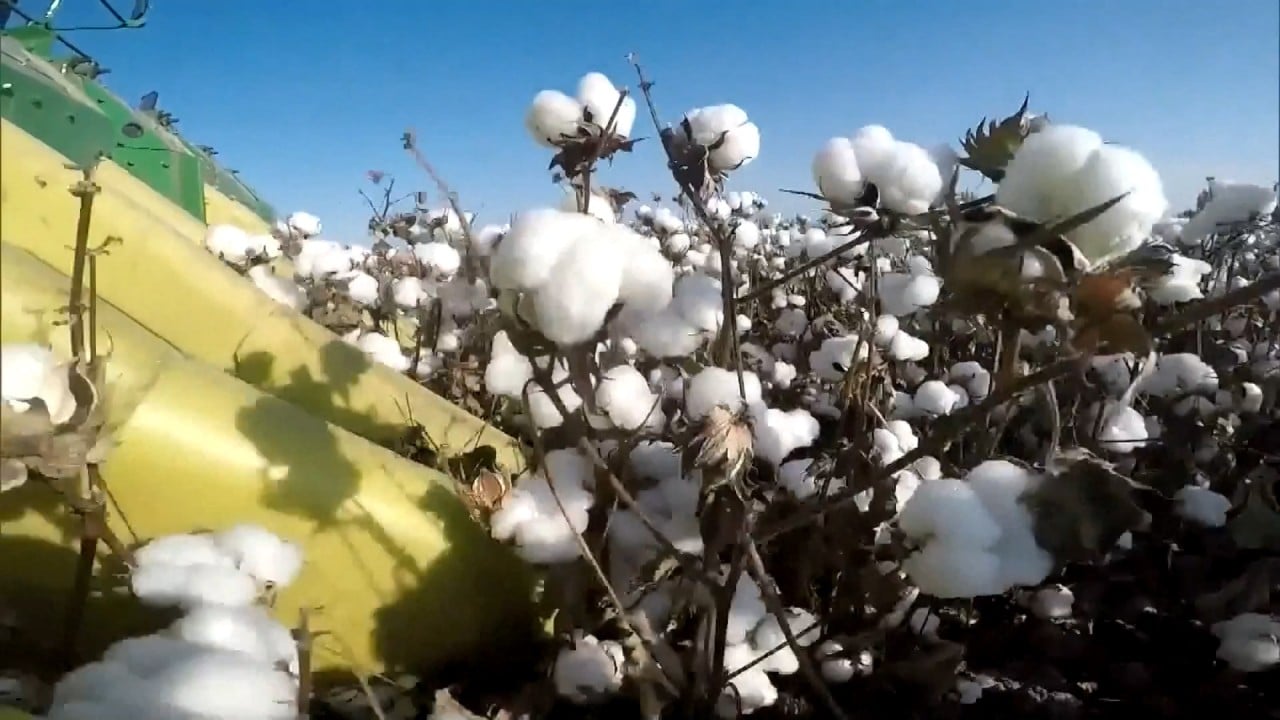Advertisement
Explainer | Xinjiang timeline: key dates, events as China denies Western forced labour allegations
- Since 2017, China has been faced with international criticism over alleged forced labour, genocide and other abuses against the Uygur Muslim population
- Beijing has continually denied these allegations, and in June 2021 passed an anti-sanctions law to allow it to retaliate against a host of foreign sanctions
Reading Time:5 minutes
Why you can trust SCMP
3

This is the sixth and final part in a series of stories looking at China’s Xinjiang province and how the far-western region is coping economically under a series of US sanctions over alleged human rights violations and the widespread use of forced labour.
Advertisement
Since 2017, China has faced international criticism over alleged forced labour, genocide and other abuses against the Uygur Muslim population in Xinjiang province. Beijing has continually denied these allegations.
“Since at least March 2017, local authorities [in China] dramatically escalated their decades-long campaign of repression against Uygur Muslims and members of other ethnic and religious minority groups,” then-US Secretary of State Mike Pompeo said in January 2021.
But how did we get to this point with sanctions being placed on China and by China, culminating in Beijing passing an anti-sanctions law in June 2021?
We break down the key moments of a issue that has rapidly escalated into a global concern.

01:08
Xinjiang, China’s top cotton producer
Xinjiang, China’s top cotton producer
08/10/19: US imposes visa restrictions on Chinese officials over ‘brutal suppression’ of Uygurs, other Muslims
Advertisement

Advertisement